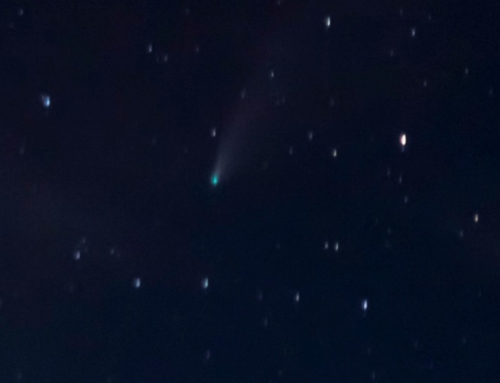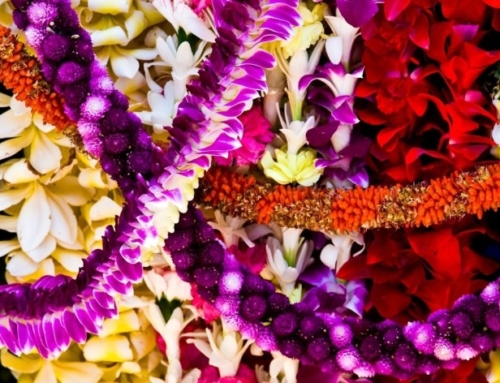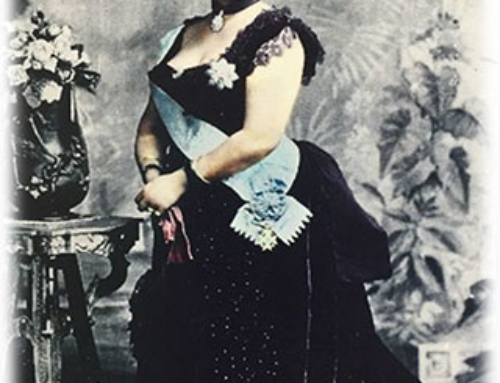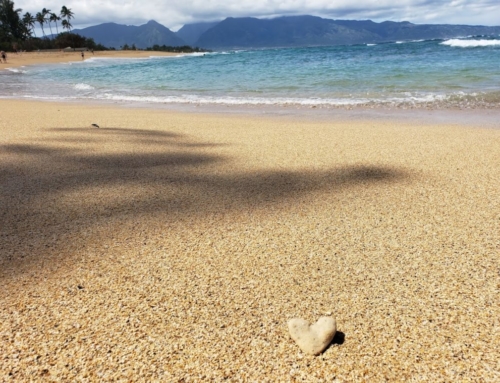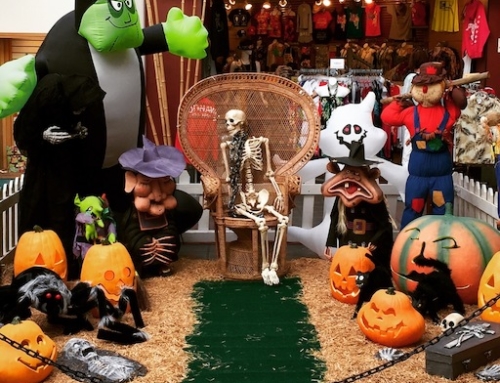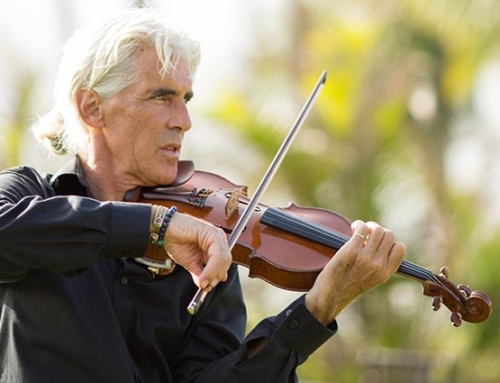Kauaʻi, known as “The Garden Island,” is renowned for its stunning waterfalls, Waimea Canyon State Park, Na Pali Coastline, and diverse outdoor adventures, such as kayaking the Wailua River, snorkeling at Poʻipū Beach, hiking in Kōkeʻe State Park, and ziplining over lush valleys.
The island’s laid-back atmosphere, rich culture, and timeless appeal can be found in many of the small towns like Kapaʻa, the home of Walt Disney’s beloved characters Lilo and Stitch.
As the fourth-largest Hawaiian island, Kaua‘i spans 562.3 square miles and is home to approximately 73,298 people. Kauaʻi County also encompasses nearby islands like Kaʻula, Lehua, and Niʻihau.
Earth Day is April 22nd and this begins Earth Week. We want to share a heartfelt story of this extinct bird. Let this be a reminder to live consciously and respectfully while visiting our island home…Kaua‘i is also renowned for its rich avian diversity. However, it bears a somber reminder of the impact of human activity on its ecosystem, with eight Hawaiian bird species already lost to extinction. Among these is the Kauaʻi ʻōʻō, whose melodic calls were last heard in 1987. A song that went unanswered and marked the silence of a unique and irreplaceable voice in the island’s natural symphony.
Kauaʻi ʻōʻō

Photo credits: https://upload.wikimedia.org/wikipedia/commons/8/87/Moho_braccatus.jpg
The Kauaʻi ʻōʻō, or ʻōʻōʻāʻā (Moho braccatus), represented the last of the Moho genus in the Mohoidae bird family native to Hawaii, which sadly is now extinct. Initially categorized as part of the Australo-Pacific honeyeaters, this bird was unique to Kauaʻi island, once thriving in its subtropical forests but declining since the early 20th century. Last sighted in 1985 and last heard in 1987, its demise was due to introduced predators like rats, mongooses, pigs, diseases carried by mosquitoes, and habitat loss. Its extinction marked the loss of an entire avian family, with the Mohoidae lineage dating back 15-20 million years to the Miocene epoch.
Measuring just over 20 centimeters (8 inches), it was likely the smallest of the Hawaiian ʻōʻōs. Its features included a black head, wings, and tail, while the upper parts ranged from slaty brown to rufous on the rump and flanks. Females had prominent white barring on the black throat and breast. Sporting a small tuft of gray feathers under the wing, it had a unique trait among ʻōʻōs – yellow irises. With a sharp, curved bill for nectar sampling, it preferred nectar from Lobelia species and ʻohiʻa lehua trees, also foraging in lapalapa trees and consuming small invertebrates and fruit. Known for its vocal nature, it produced hollow, erratic, flute-like calls, with both males and females singing.
“It is known to be one of the finest singers of the Hawaiian birds with a variable and echoing song,” the Fish and Wildlife Service said.
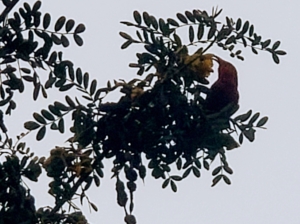
Photo credits: Kathy McCartney
This bird held significant cultural importance beyond its existence as a species. It was revered in chants, legends, and dances, embodying traits such as strength, wisdom, and spiritual power. Ancient Hawaiians invoked its name for luck and prosperity, and it featured prominently in stories as a symbol of wisdom and salvation. Feathers from the Kauaʻi ‘Oo were used in hula performances, underscoring its cultural significance. Its extinction highlights the imperative of protecting native species to preserve Hawaiian heritage.
It was listed as endangered last March 11, 1967, and its last song was heard (recorded) in 1987. The saddest part was it was singing to a mate that will never come. The profound sadness lies in its futile song, a symbol of lost hope and the silent longing for companionship in an increasingly desolate landscape. Here is the link to the recorded video of Kauaʻi ʻōʻō last 1987.

